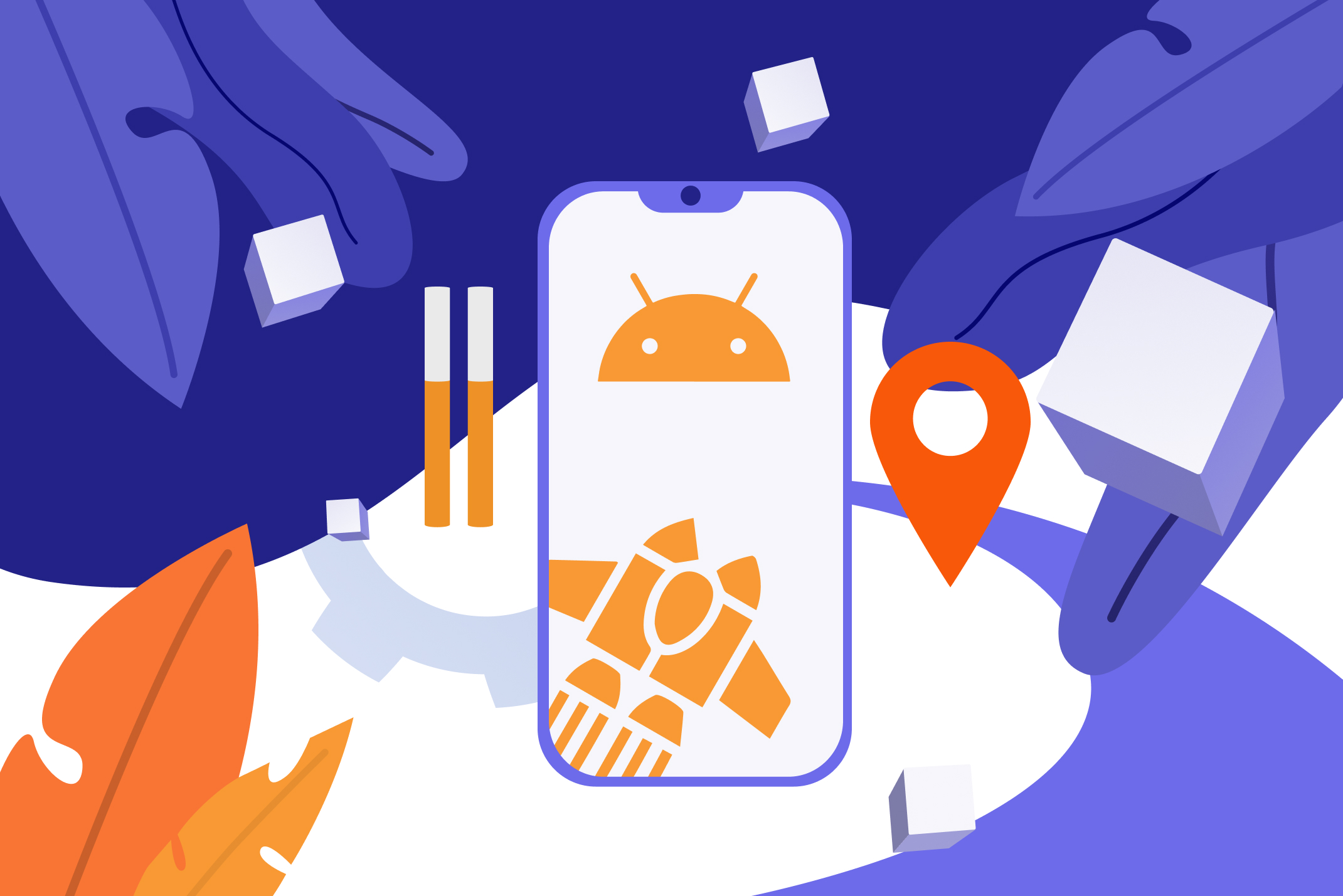
Cybercrimes and data breaches are the biggest threat to the stability and reputation of your business. According to recent research, malicious hackers are attacking computers and online business networks every 39 seconds. Additionally, over 81% of the organizations surveyed during the study had reportedly fallen victim to a successful cyberattack.
The current security protocols can’t protect organizations from the increasingly complex cyberattacks that threaten them.
Lately, there’s been a lot of hype around Blockchain and its ability to make data sharing and networks more secure. It started out as the technology behind Bitcoin but has grown in popularity for its ability to mitigate cybersecurity-related issues.
This could perhaps explain why the global Blockchain market is projected to be worth $20 million by 2024.
Here are several ways that this distributed ledger technology can ensure security and maintain data integrity for businesses:
Secure Data Storage Solution
Your business accumulates vast amounts of sensitive data prone to cyberattacks. The inability to protect it can lead to huge losses for businesses worldwide. Even big companies like Anthem have suffered from data breaches that compromised over 79 million people's personal information. Centralized data storage solutions are even more vulnerable to hacks and cybercrimes.
However now, blockchain technology solutions offer a decentralized system that won’t let anyone into your storage systems without proper authorization. This decentralized form of data storage protects your sensitive data and makes it impossible for hackers to access it. This is one of the reasons why enterprises are considering Blockchain as a potential data security solution.
Offers IoT Security
Hackers use IoT devices to gain control over entire business systems.
Moreover, advancing Artificial intelligence (AI) has enabled hackers to override entire systems by accessing your staff’s IoT or edge devices, as these often have inefficient security features.
Blockchain technology offers security to these devices by decentralizing their management. It enables the devices to take action on their own rather than relying on a central authority. This protects IoT devices by helping you discover and stop suspicious commands from unknown networks.
It even makes it harder for hackers to access the device as it decentralizes the entire device management system.
Decrease DDoS Attacks
Hackers employ different techniques to launch cyberattacks that include sending vast amounts of requests to the website or directing a considerable amount of traffic to the site until it crashes. The vulnerability of your network to DDoS attacks could be attributed to the existing Domain Name System. This decentralized system is responsible for converting domain names into machine-based IP addresses.
Implementing blockchain technology would decentralize DNS, making it almost impossible for hackers to infiltrate and attack it. With this technology, the hacker will not be able to access single points of entry as it offers domain editing rights only to certain authoritative people or domain owners, so you can rest assured that they won’t fall into the wrong hands.
In Conclusion
Blockchain technology promises to reduce cyberattacks by offering a high level of data integrity owing to solid data encryption systems that facilitate business scalability.
But it’s most effective at decentralizing, i.e., removing the need for a single target or entry point that can be compromised. As a result, it becomes entirely impossible for malicious individuals to infiltrate your networks or systems because access control, network traffic, and data are no longer at the same location.
It’s time for small and big businesses to invest in Blockchain technology and experience sustainable and safe growth over the years.







